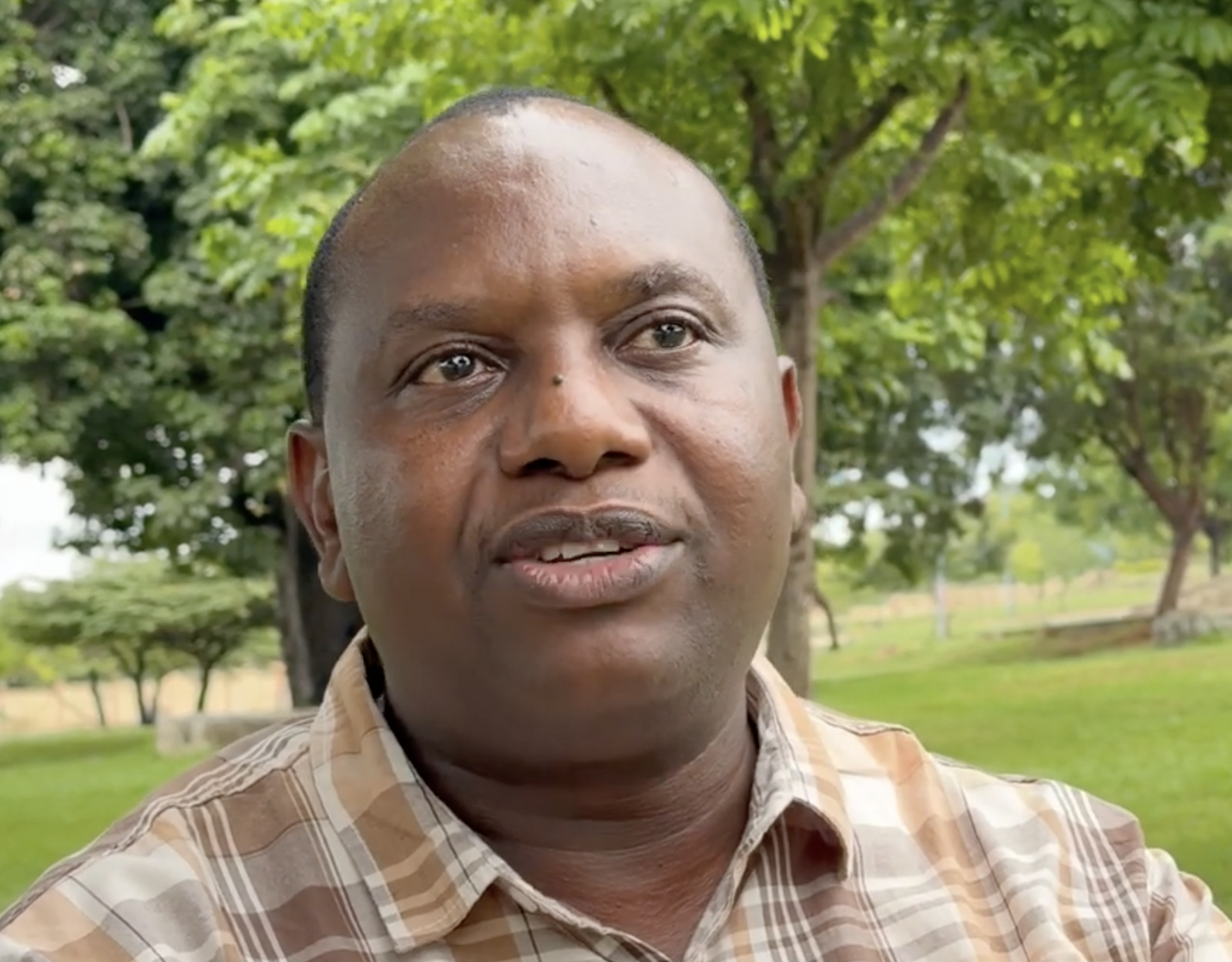From AGCOT Centre, Dar es Salaam
In an enlightening new conversation filled with clarity and national pride, Geoffrey Kirenga, CEO of the Agricultural Growth Corridors of Tanzania (AGCOT), sat down with Professor Noah Makula Paulin, a senior lecturer in climate change from the University of Dar es Salaam, to unpack two often-confused environmental issues: ozone-depleting gases and greenhouse gases.
The dialogue—recorded in simple, accessible Kiswahili—delivers a powerful message of education, caution, and opportunity, particularly at a time when climate change touches every aspect of life.
Two Gases, Two Dangers
“Many people confuse these two types of gases,” Kirenga began. “Understanding their differences is the first step in protecting both our health and our environment.”
Prof. Paulin explained: Ozone-depleting gases such as CFCs and methyl bromide rise into the atmosphere and destroy the ozone layer, which shields Earth from harmful ultraviolet rays.
“The result? Increased skin cancer, damaged crops, and genetic harm to living organisms,” he said.
In contrast, greenhouse gases like carbon dioxide and methane trap heat in the atmosphere.
“They create a heat blanket that prevents warmth from escaping, driving global temperature increases,” Prof. Paulin added.
This leads to droughts, floods, unpredictable rainfall, and ecological shifts.
For the first time, these differences have been clearly explained in polished Kiswahili, helping the wider Tanzanian public grasp concepts usually buried in complex scientific language. The goal? To raise awareness about planetary health—and citizens’ role in preserving it.
Carbon Markets: New Knowledge, New Opportunity
The discussion then turned to opportunity—carbon trading.
Prof. Paulin elaborated that for every ton of carbon prevented from entering the atmosphere through forest conservation, clean energy, or climate-smart agriculture, a carbon credit can be earned.
“Forests absorb carbon through photosynthesis. Waste can be managed. Clean solar energy reduces emissions,” he said. “All of these are income sources through carbon markets.”
Tanzania—with its vast forests, fertile land, and rapid uptake of clean energy—is well-positioned to benefit. A National Carbon Monitoring Authority has already been set up, but challenges remain:
- Lengthy project registration processes,
- Unclear revenue-sharing mechanisms,
- Limited domestic expertise,
- Incomplete digital systems for managing carbon transactions.
Still, the professor emphasized: “Carbon trading holds promise—but demands deep understanding.”
A National Call to Action
In closing, Prof. Paulin called on three groups:
- Government: Strengthen institutions, legal frameworks, and transparency for carbon trade.
- Researchers: Continue public education and community-beneficial research.
- Citizens and stakeholders: Learn, invest in knowledge, and engage meaningfully in carbon markets.
Kirenga echoed the call: “It’s exciting to see Tanzanians leading in this new space. It helps us protect our environment—and grow our economy.”
Conclusion: Knowledge Is the Catalyst
With simple yet profound insights, this conversation sets a national milestone—mobilizing Tanzanians toward a safer environment, a greener economy, and a more informed generation.
Kirenga and Paulin remind us: change begins with understanding. Environmental literacy isn’t reserved for scientists—it’s every Tanzanian’s right. By understanding harmful gases, the ozone layer, and the potential of carbon trade, we can clear our skies—and build a sustainable future for generations to come.
#CarbonMarkets #OzoneAwareness #AGCOT #GreenTanzania #EnvironmentalLiteracy
AGCOT CEO Geoffrey Kirenga and Prof. Noah Makula Paulin (University of Dar es Salaam) demystify ozone depletion, greenhouse gases, and Tanzania’s carbon trade opportunity.
